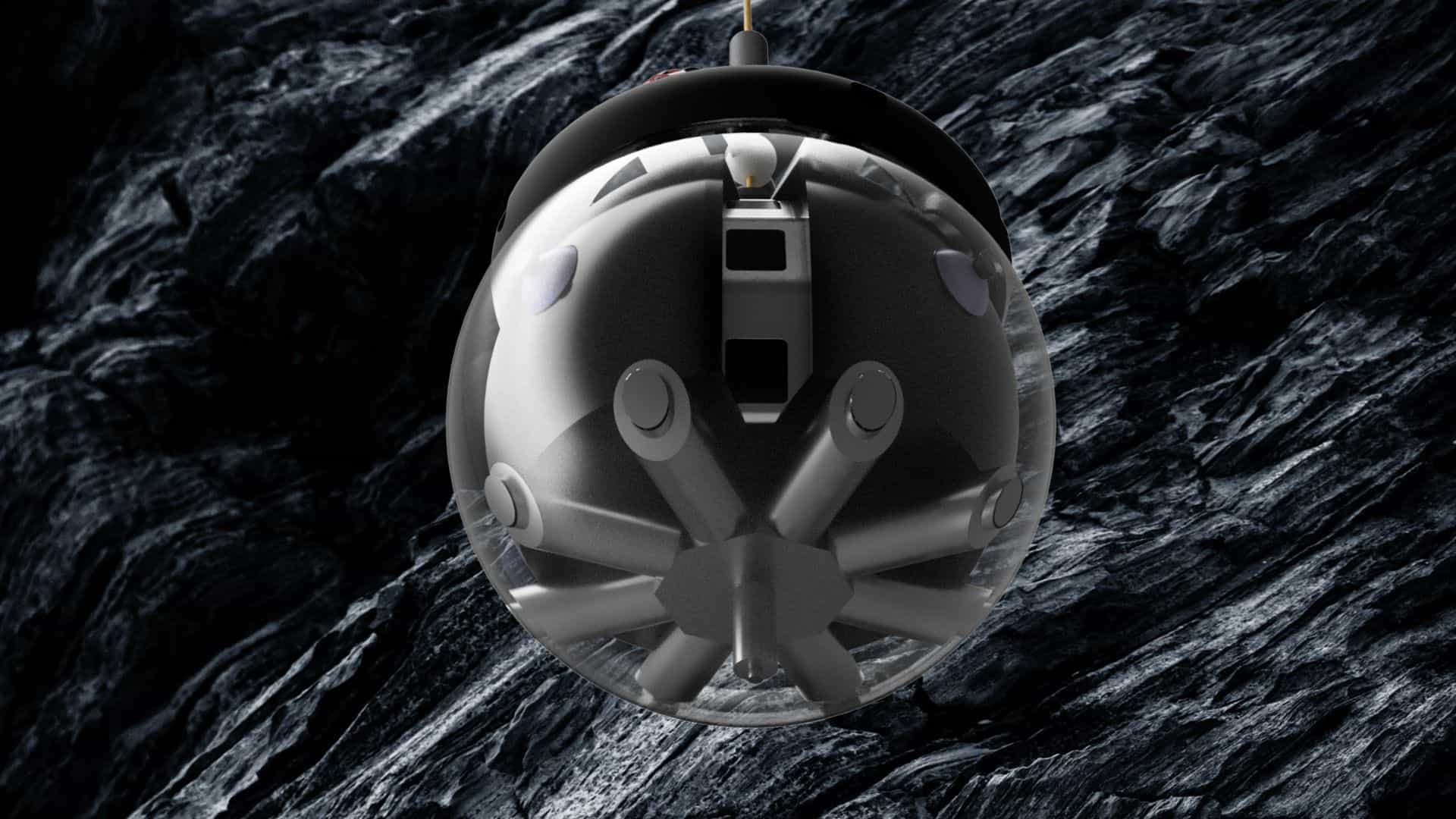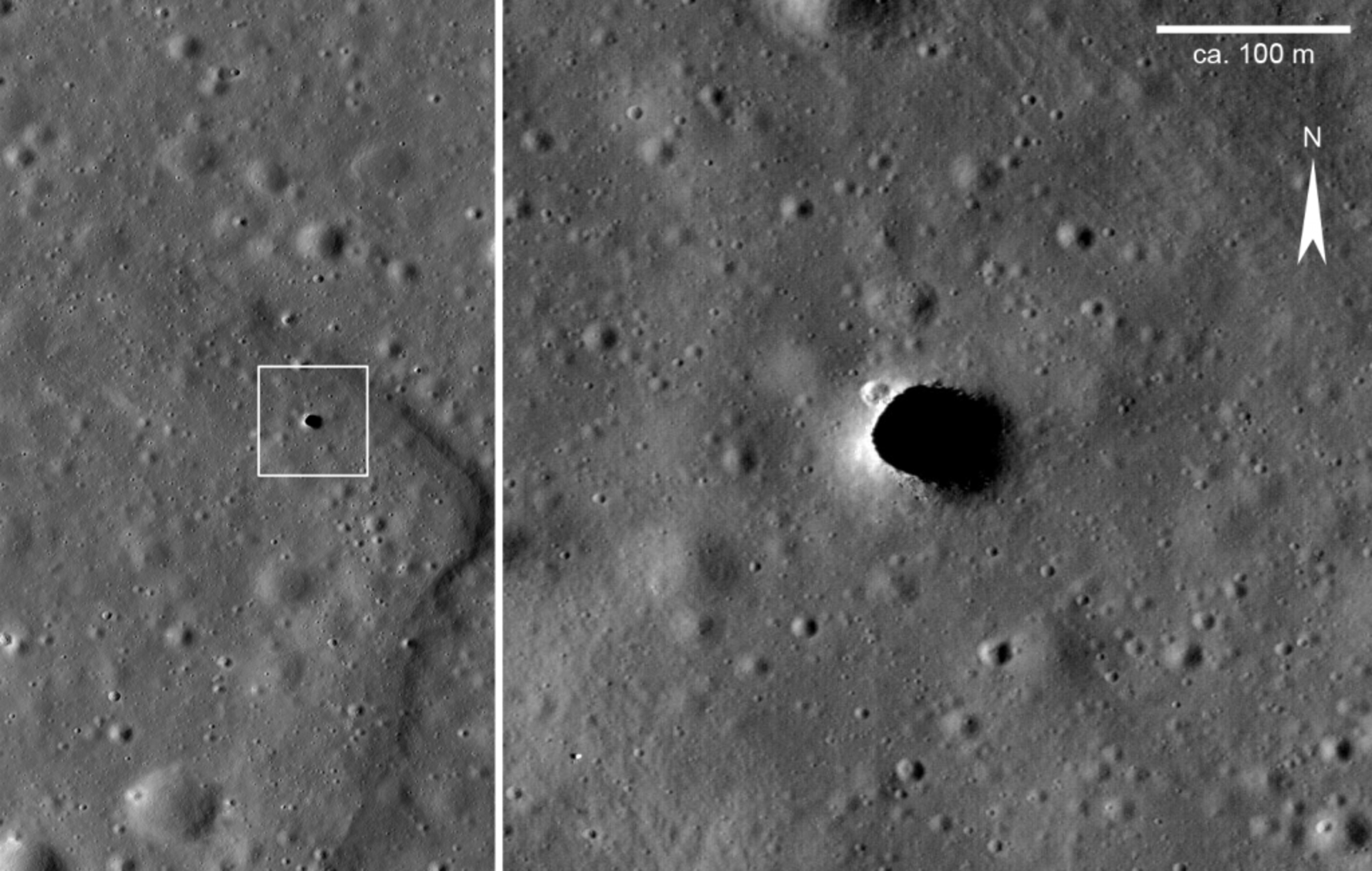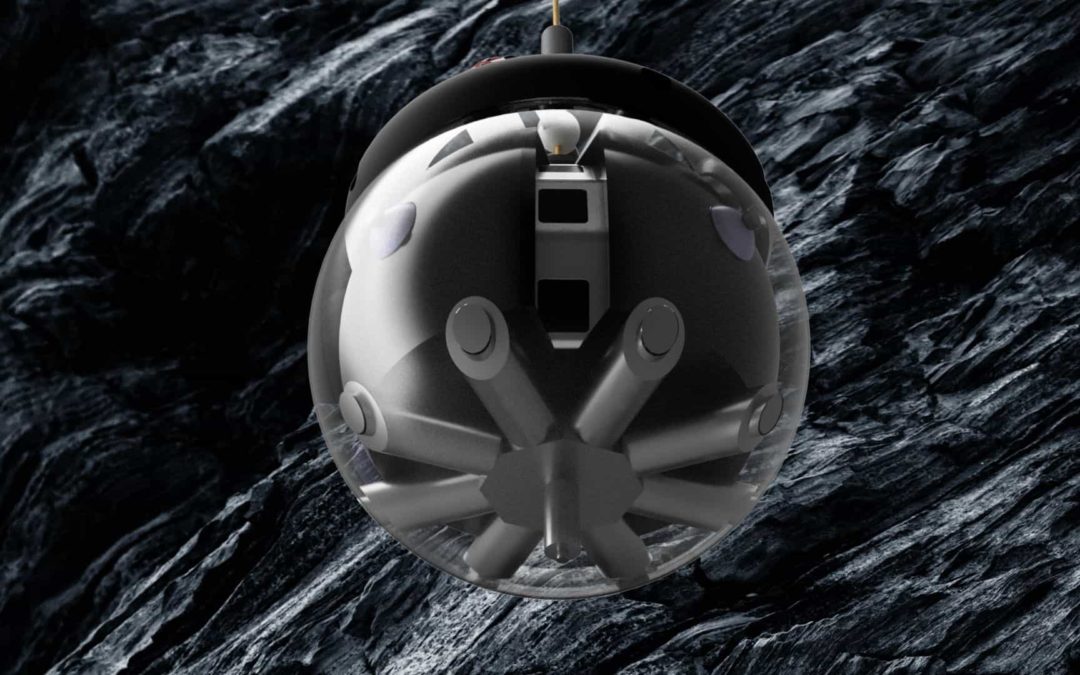
ESA wants to find, explore and map lunar caves and asked back in 2019 after suggestions on how to do so. One of the five winning ideas was the hamster ball, or rather a spherical robot. This robot is now included in a larger study of future missions to caves on the moon.
The robot has received the name DAEDALUS, an acronym for the Descent And Exploration in Deep Autonomy of Lunar Underground Structures. Its unique design is coordinated by the German university Julius-Maximilians-Universität of Würzburg (JMU).
The interest for such a robot is huge. The lunar surface is covered in billions of craters, but also steep welled holes called pits, and it is in the pits that it gets interesting. Previous probes have photographed and mapped some of the pits and scientists are eager to explore the lava tubes below the surface on the bottom of these hollows. These lava caves, or rather tubes, are believed to extend into an extensive network, all created when the moon was active billions of years ago.

The lava tubes have the potential of storing life essentials such as water, as well as other important materials. At the same time, they could work as a protective habitat, shielding potential habitants from dangerous radiation and dust.
Dorit Borrmann from the DAEDALUS team commented on the robot’s design:
The design is driven by the requirement to observe the surroundings in full 360 degrees and the necessity to protect the interior from the harsh lunar environment.
DAEDALUS is constructed as a 23 cm radius sphere carrying a stereoscopic camera, a laser to map the caves and temperature sensors among others, including a robotic arm that can pick up and remove obstacles. And thanks to its shape, it can autonomously roll in the caves and explore.






